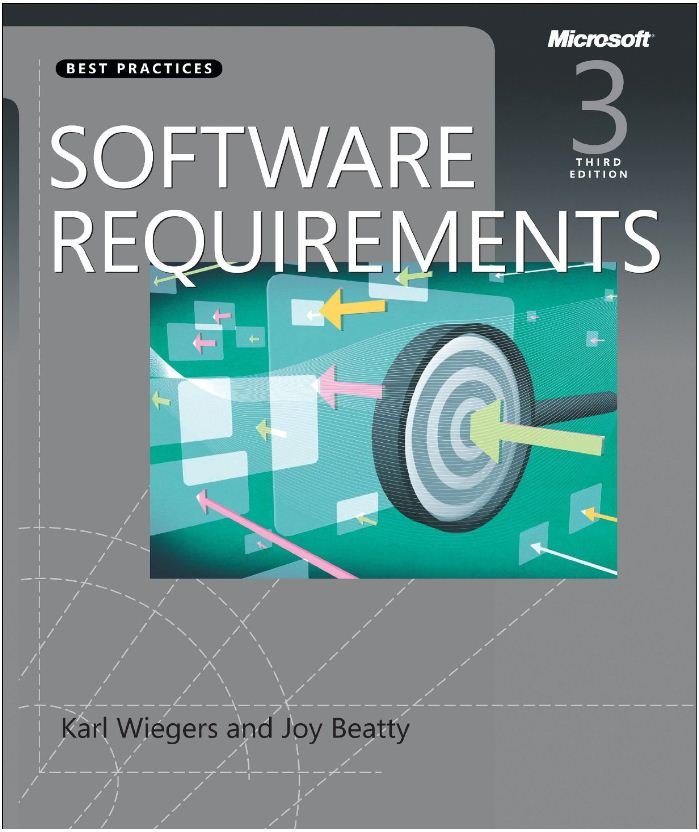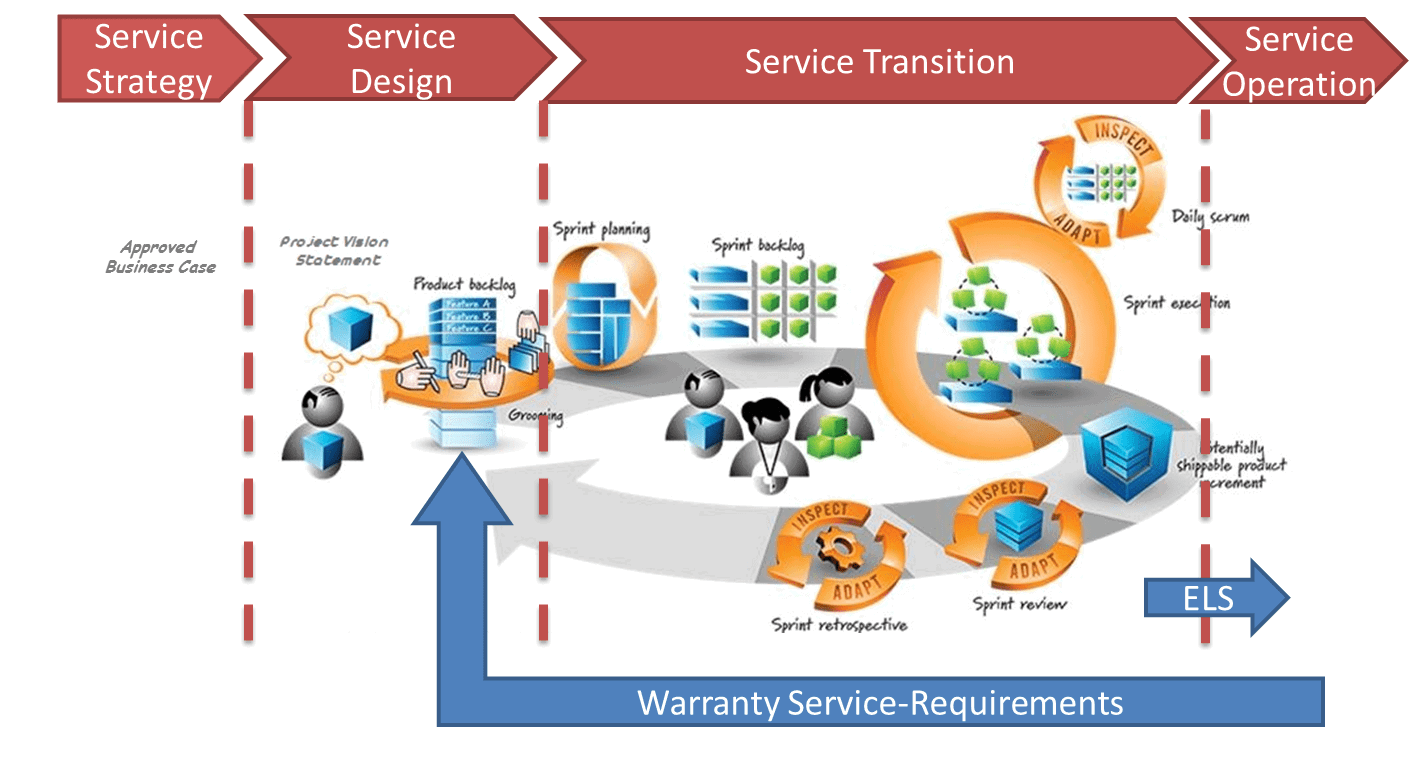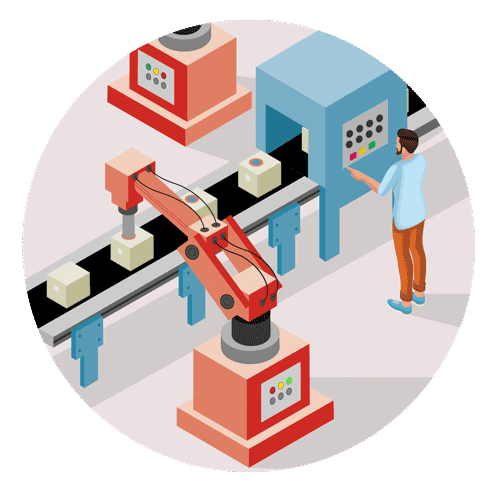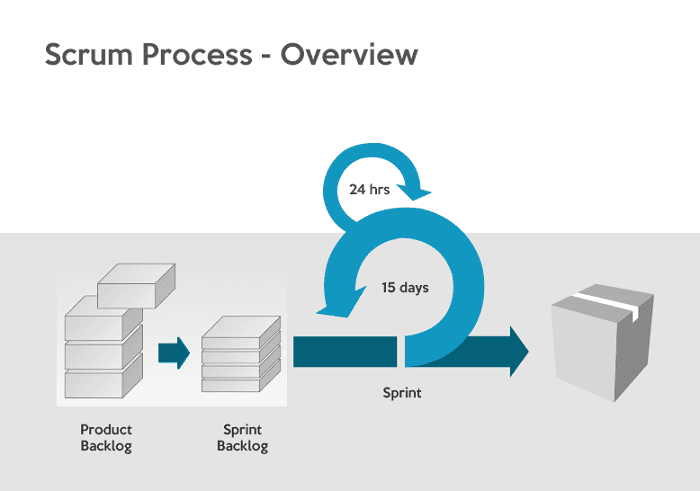A Look at Ideal Agile Implementation in an Organization!
They say Agile project management is the new normal. Despite its demerits, it has stood up as the most effective project management concept in the corporate world, managing to deliver work even when there’s no desired outcome specified. In today’s competitive professional environment, the mantra is to start working and worry about the output later.
In simple words, an Agile system involves producing and delivering work in short bursts and then refining it until it matches the client’s often ambiguous requirements.
Based on findings furnished by multiple reports in 2018, Agile is inching ahead as the most reliable project management tool, just behind predictive approaches like Waterfall. However, a majority of those who implement Agile into their workplace do not have much idea about what to expect, how much time it takes for the streamlining, and what an ideal system looks like.
This is why it is important to visualize an ideal Agile implementation framework. Let’s study the four major characteristics or outcomes of the Business Analyst Course in India that have been implemented in the right way. Starting with how success looks like…
Top Characteristics of Ideal Agile Implementation
It is better to understand what went wrong with the implementation in your organization rather than sitting with folded hands and waiting for a rescue team. Let’s have a look.
Agile Creates a Controlled Work Environment
Agile implementation in its ideal form gives more benefits to its users than other traditional project management tools. The biggest advantage is that even though employees might have to push themselves to complete a short burst of tasks for (say) two days rather than stressing over the same tasks over a few weeks, they will feel better after the tasks are done. This prevents burnouts and allows them to have better conditioning during their time off.
For example, in an Agile environment, a team of six employees will aim to complete a set of tasks between Monday and Friday. An ideal implementation will allow them to sign off on Friday and enjoy a weekend without the anxiety that may have arisen had they paused the work on Friday in an attempt to resume it on Monday.
Apart from this, a successful Agile implementation yields many more benefits from a human resources point of view:
- Workplaces become less resistance to change
- Employees have clearer career objectives
- Simplified role transitions as tasks are designed in a way that allows anyone with little experience to assume new duties
- Problem-solving environment
Allows Hybrid Systems
Any organization that deals with a large number of clients is bound to have some type of project management in place. Based on statistics, the most popular is the Waterfall project management system where it follows a hierarchical flow of duties.
In such scenarios, Agile does not act as a disruptive mechanism. Instead, it allows for collaboration which can only improve the productivity and overall morale of the workforce.
According to Agile coach Johan Karlsson, many aspects of hardware development benefit from Waterfall processes, whereas software development has much to gain from an Agile approach. This is where the hybrid mechanism bears fruit as companies can look at fully utilizing their resources.
In an ideal hybrid case, a Waterfall process is used on the top level and Agile is used for operations-level work. This ensures that there is less to no friction between teams as they embrace both the management techniques.
A Perfect Environment for Employees
According to a recent report by McKinsey and Co., the Agile environment is creating a war for talent. This has led to competitive hiring and an increase in the retention rate of talent that organizations feel are indispensable or “too great to lose.” This is a cause of the very characteristic of an Agile environment.
As is known, employees are given tasks based on their skillset. This means that an employee can choose to excel in a skill that she already has sufficient exposure in, thereby traversing to advanced levels. For instance, a Scrum Master can look at managing his team not just in an Agile environment but also in other project management that his organization may be using. This meta example shows how employees can climb the corporate ladder while focusing on and expanding their gained skillset.
Another major advantage that often gets overlooked is Agile’s ability to break complacency. In every work sector in the world, employees feel that they hit a state of complacency after some time in a specific role. Since Agile expects team members to extend their skillset based on the feedback loop with the client, employees stand to gain better work experiences.
Changes in the Organization Culture
In a mature Agile environment, the employees are not the only ones who receive the benefits. Everyone from the team members to the management to the human resources experiences a shift in how they work, which is often very sudden and different than what they had been doing in the past.
It not only engages every person involved in a company but also brings out the best in them. As a result, it transforms from being an average company to one that is full of energy and productivity.
Just as Agile uses a feedback system to improve project deliverability, its environment is based on the same system. Agile identifies great talent and that in turn helps the environment flow like a stream of water.
All said and done, it is pragmatic to note that Agile is a talent-based system. You cannot expect a company to move mountains with Agile implementation if the members do not possess the skills required to even initiate a project. Therefore, to implement an ideal Agile environment, talent acquisition is an essential requisite.
What have been your experiences when it comes to Agile implementation? Share them in the comments section below to start a discussion.






